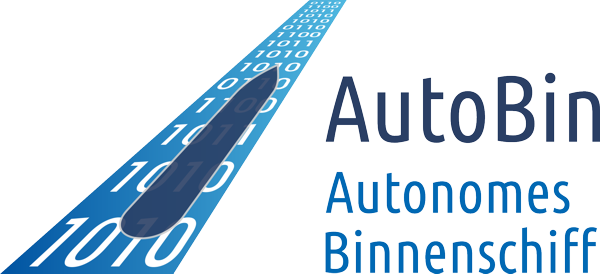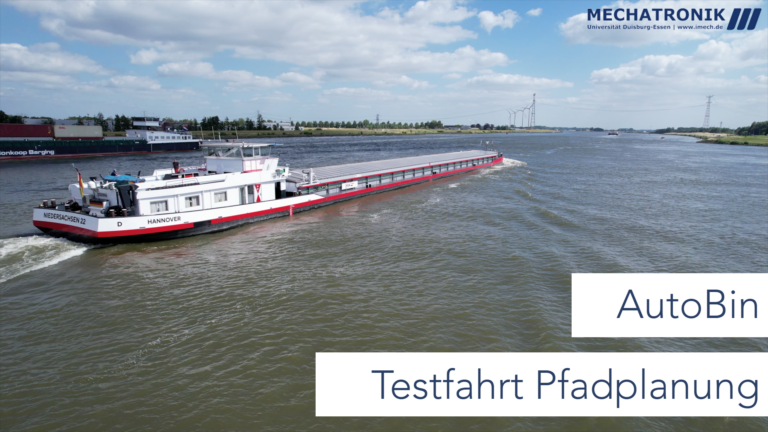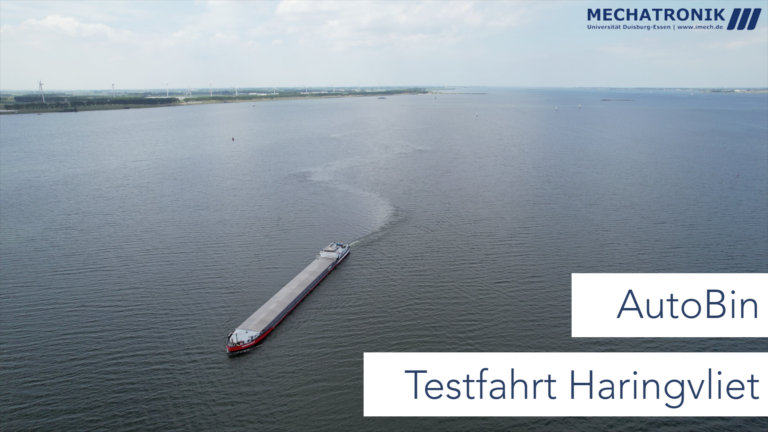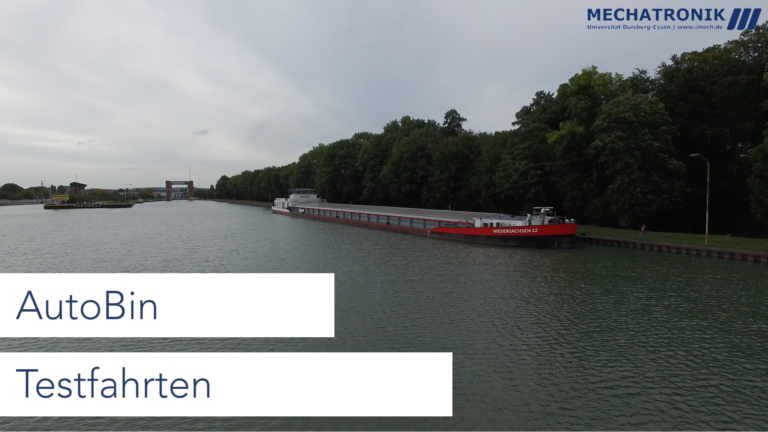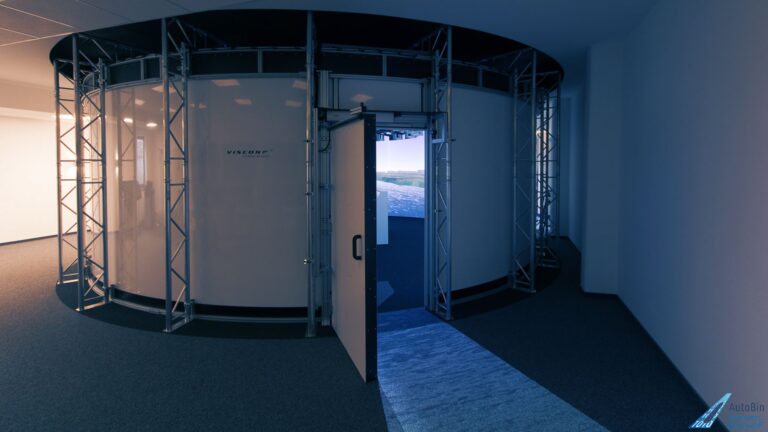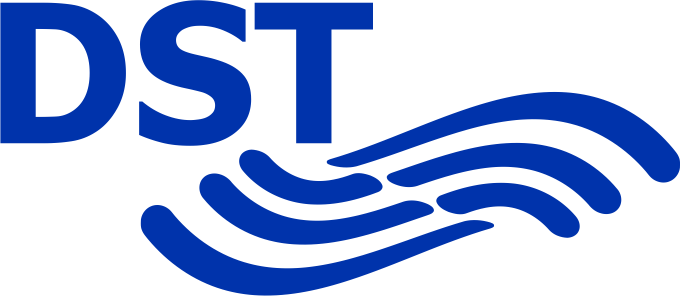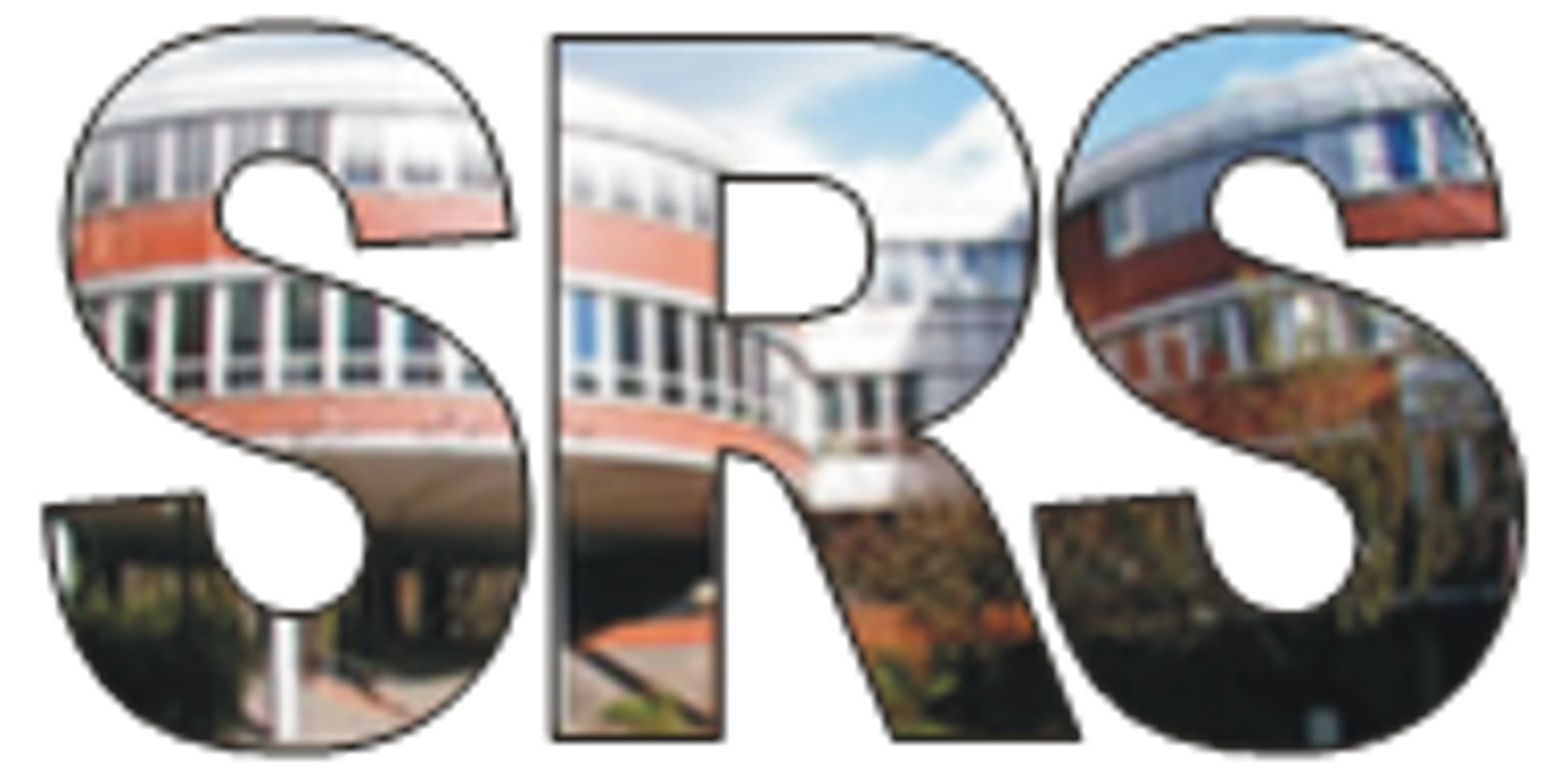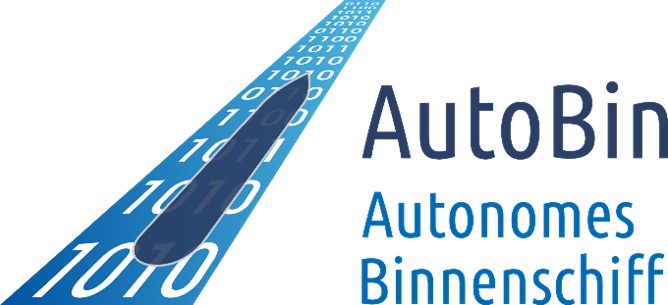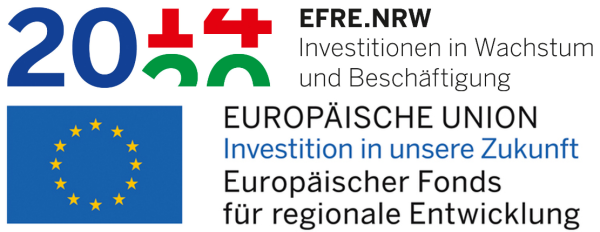The scenarios defined in work package 4.1 are accompanied by scientists from all the research institutes involved, taking scientifically relevant aspects into account. One of the purposes of this is to be able to take new findings from real applications into the further development of the technology.
However, a shipmaster or shipwoman takes the decision whether and when the developed automation technology takes control of the ship. He or she is always in charge of the ship and therefore also decides whether or not to turn off the automaton developed by the scientists.
The man-machine interface installed on the ship’s bridge shows the skipper or the ship’s operator the next control commands that the automaton will pass on to the ship, as well as the resulting ship behavior. Based on this information and the experience of the responsible shipmaster or shipwoman, they can make the decision whether the automat has to be switched off or not. A shutdown is always done to ensure the safety on board and on the inland waterway. As soon as the developed automation technology is switched off, the skipper takes over manual control of the vessel.
Depending on the environmental conditions such as traffic volume, weather and other factors, the defined scenarios are tested in increasing complexity. During this process, constant attention is paid to whether the existing conditions match the requirements of the test scenarios defined in advance.
The scientists on board readjust the automation technology as soon as malfunctions occur.
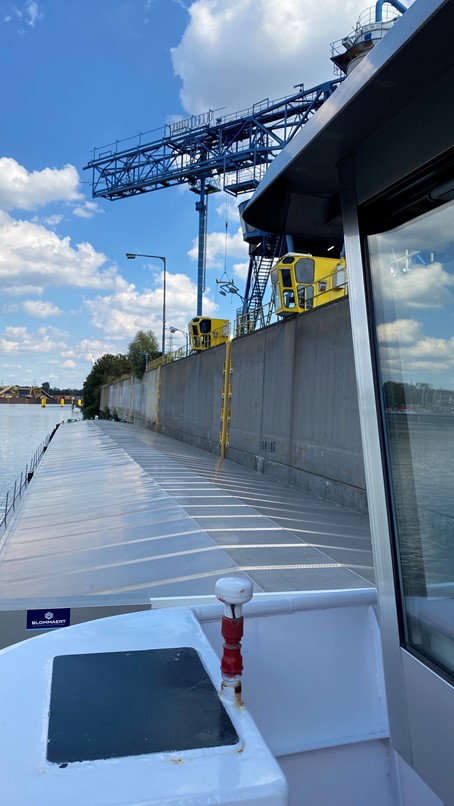
Related News
25.09.2022
On 16 and 17.05.2022 some maneuvers for test purposes with the GSM Niedersachsen 22 were performed on the Haringvliet. In the current video "AutoBin test drive Haringvliet" the driving maneuvers are shown.
21.09.2022
On 16 and 17.05.2022 some maneuvers for test purposes with the GSM Niedersachsen 22 were performed on the Haringvliet. In the current video "AutoBin test drive Haringvliet" the driving maneuvers are shown.
02.12.2021
On 27.09.2021 the first test drives of the GSM Niedersachsen 22 took place in the test field of the Dortmund-Ems Canal. The recorded test data of the installed cameras are shown in the current video "AutoBin Test Drive".
